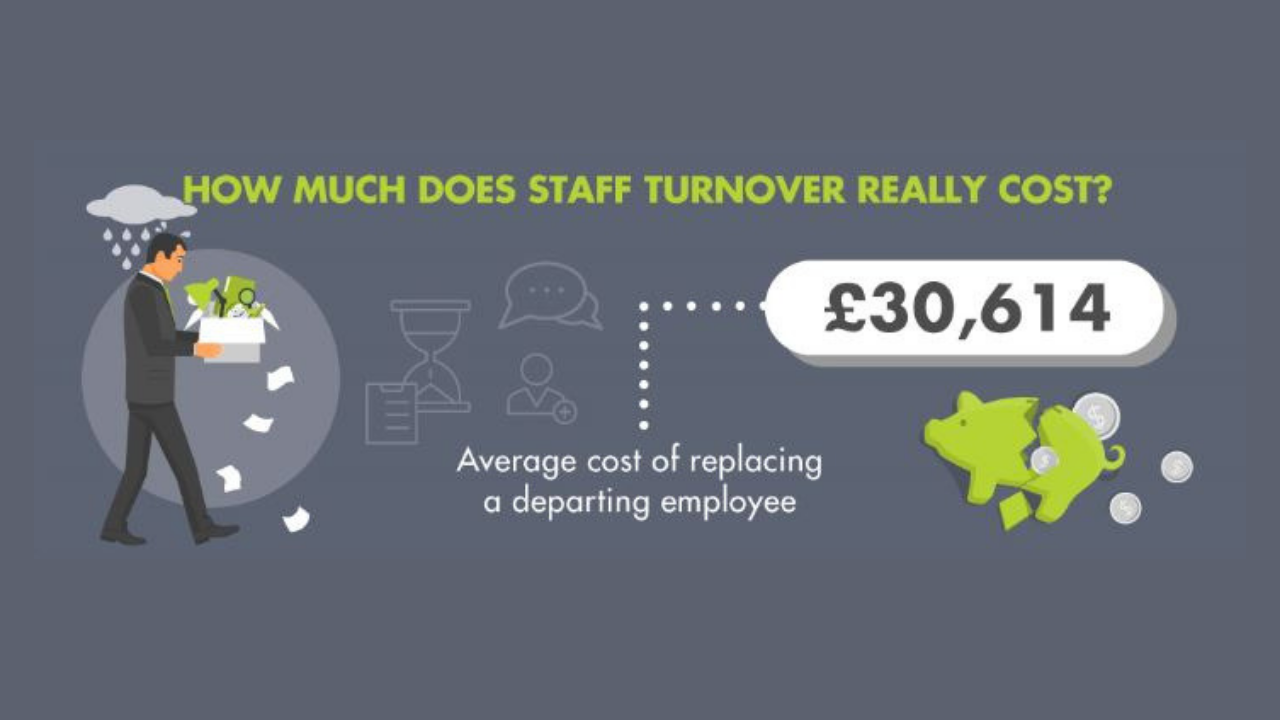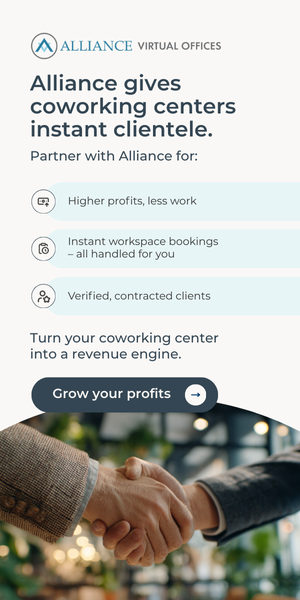Staff turnover has a serious impact on a company, costing time, resources and money, according to recent reports collected by Instant Offices. In fact, one report by Oxford Economics reveals that it costs more than £30,000 on average for a company to replace one employee.
With new technologies playing an increasingly important role in business, Instant Offices’ Head of Marketing & Research John Williams gives a breakdown of the average logistical costs involved in replacing leaving employees, and how emerging technologies can help curb turnover and improve staff retention.
Low Productivity Costs Companies Thousands
The Oxford Economics report puts the average cost of replacing a departing employee at £30,614. This figure comes mostly from the loss of productivity caused by the time needed for a new employee to get up to speed in their role, which takes an average of 28 weeks across the board. This period of lost productivity has an attached average cost of £25,181 per employee.
Logistics are also a big factor. Recruitment fees, advertising costs and temp hires also contribute to high turnover costs:
- Recruitment agency fees: £454
- Advertising the newly available job opening: £398
- Hiring temporary workers: £3,618
- Time spent interviewing candidates: £767
- HR time spent processing a replacement: £196
Industries Feeling the Crunch
The legal, accountancy and tech sectors are the hardest hit by turnover costs, followed by media and retail. The average cost per replacement employee in these sectors is as follows:
- Legal: £39,887
- Accountancy: £39,230
- IT & Tech: £31,808
- Media & Advertising: £25,787
- Retail: £20,114
With such large amounts being drained by the cost of employee turnover, it makes sense for companies to improve their focus on staff retention, encouraging employees to stay and grow within the company.
The Role of Technology in Reducing Turnover
New technologies have emerged with the aim of reducing turnover rates.
- Employee satisfaction polling software allows companies to collect data that shows them how their employees are feeling and performing. Examples include TINYpulse and Polly.
- Employee recognition and reward platforms improve morale by recognising workers’ achievements and making them feel more appreciated. Examples include YouEarnedIt and Kudos.
- Predictive analytics in HR also plays a big role here. Companies like Hewlett-Packard have used predictive models to put together “flight risk” scores, predicting which employees are most likely to leave. This helps companies to make more informed decisions around their employee retention efforts.
There are also more technologies available today to speed up onboarding and help keep turnover costs in check when employees do leave. Platforms that help with knowledge transfer will allow new hires to adjust more quickly to the company’s processes and work patterns.
Flexible Working and Employee Retention
A more flexible way of working can also contribute to better staff retention. Options that allow employees to work remotely or put in flexible hours help to improve work-life balance, which is a top priority for many workers today. In fact, research shows that many workers would choose flexible working over a pay rise.
Today’s technology allows serviced office providers to set up fully serviced flexible workspaces for small, medium and large businesses looking to reduce operating expenses and turnover costs.


 Dr. Gleb Tsipursky – The Office Whisperer
Dr. Gleb Tsipursky – The Office Whisperer Nirit Cohen – WorkFutures
Nirit Cohen – WorkFutures Angela Howard – Culture Expert
Angela Howard – Culture Expert Drew Jones – Design & Innovation
Drew Jones – Design & Innovation Jonathan Price – CRE & Flex Expert
Jonathan Price – CRE & Flex Expert












